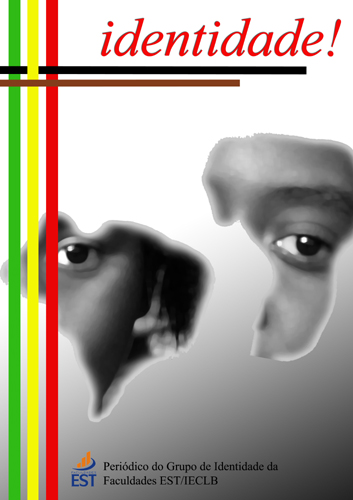PERSECUTION AND RESISTANCE TO CAPOEIRA AND THE BODILY PRACTIC-ES OF BLACK ORIGIN IN SALVADOR IN THE 19TH AND 20TH CENTURY
Keywords:
Persecution, Resistance, CapoeiraAbstract
The purpose of the text is to reflect on the persecution ways perpetrated by the white elite and also by the state against black-origin body practices, with emphasis on Capoeira, in the city of Salvador, in the state of Bahia, between the 19th and early 20th centuries. As well as analyzing the forms of resistance encounted by enslaved blacks in an attempt to circumvent the oppression imposed on them. To assist in this understanding, the author used Norbert Elias’ writings, who dedicated himself to investigating on power relations among groups which has called figurations. The featured figuration may be understood as a relationship among the established groups, depicted by the white elite as well as the outsiders, known as enslaved blacks. Data collection for the construction of the research took place through the bibliographic-documentary method, with immersion in newspaper articles and criminal proceedings from the period studied, on the website of the Hemeroteca Digital, of the National Library. The persecution was not peacefully faced by the black people, who continued to experience their manifestations, even under pressure from the State, whose tools of oppression ranged from police force to press that echoed the marginality and incivility.
Downloads
Published
How to Cite
Issue
Section
License

This work is licensed under a Creative Commons Attribution-NonCommercial-NoDerivatives 4.0 International License.


